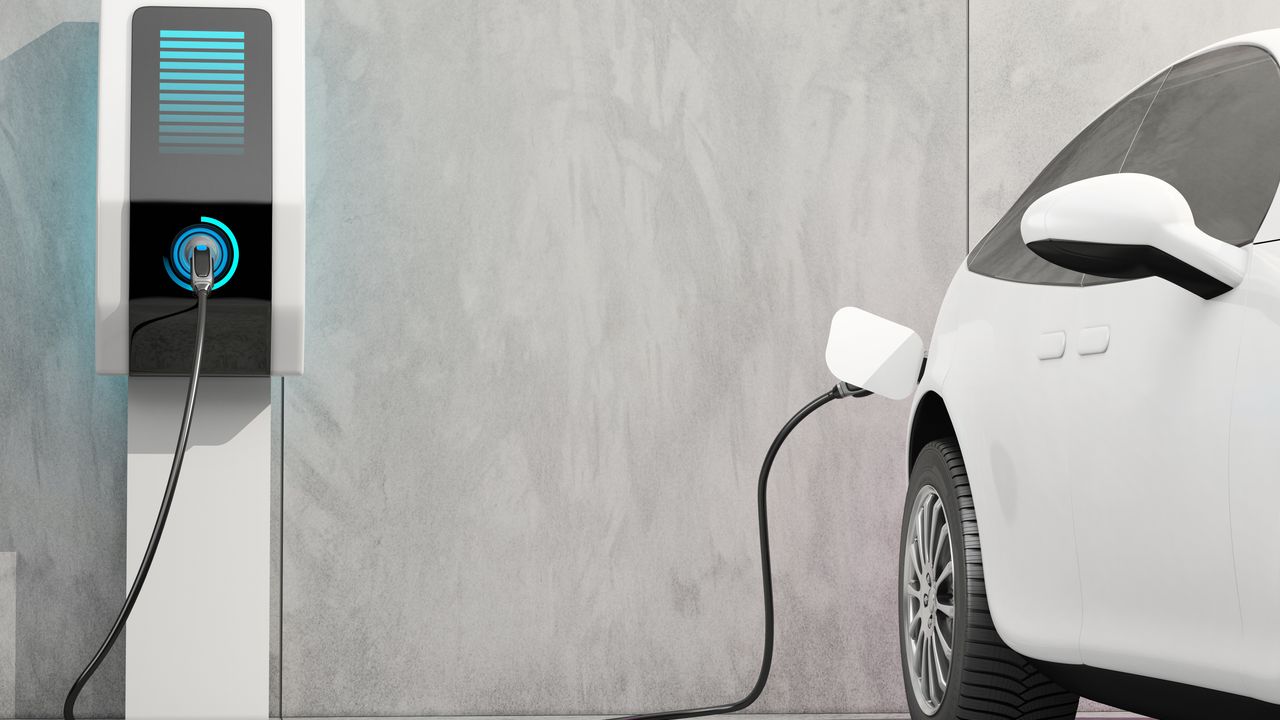EV Charging Station Management: Optimizing Efficiency and Revenue
As the demand for electric vehicles (EVs) continues to rise, the need for efficient and well-managed charging stations becomes increasingly important. EV charging station management involves various aspects, including charging station software, revenue management, and connectivity. In this article, we will explore these key elements and their significance in ensuring the smooth operation of charging stations.
Charging Station Software
Charging station software plays a crucial role in managing and monitoring the charging process. It allows operators to track the usage of charging stations, collect data, and provide real-time information to EV owners. With the help of charging station software, operators can efficiently manage multiple charging stations, ensuring that they are always operational and available for use.
One of the key features of charging station software is the ability to remotely monitor and control charging stations. Operators can track the charging status, monitor energy consumption, and even troubleshoot any issues that may arise. This remote management capability saves time and resources, as operators do not need to physically visit each charging station to address problems or perform maintenance tasks.
Furthermore, charging station software enables operators to set pricing and billing parameters. They can define different pricing models based on factors such as charging duration, energy consumption, or time of day. This flexibility allows operators to optimize revenue generation while accommodating the needs of EV owners.
Charging Station Revenue Management
Effective revenue management is essential for the financial sustainability of charging stations. With the right strategies in place, operators can maximize their revenue while ensuring a fair and transparent charging experience for EV owners.
One approach to revenue management is dynamic pricing. By adjusting prices based on factors like demand, time of day, or station utilization, operators can incentivize off-peak charging and optimize revenue generation. Dynamic pricing encourages EV owners to charge their vehicles during periods of lower demand, reducing strain on the grid and ensuring a more efficient use of resources.
Another revenue management strategy involves offering subscription plans or loyalty programs. These programs can provide EV owners with discounted rates or additional benefits, encouraging customer loyalty and repeat business. By implementing such programs, operators can build a strong customer base and enhance revenue streams.
Charging Station Connectivity
Connectivity is a vital component of EV charging station management. It enables seamless communication between charging stations, operators, and EV owners, ensuring a smooth and efficient charging experience.
Connectivity allows operators to remotely monitor charging stations, receive real-time data on energy consumption, and identify any technical issues promptly. This proactive approach to maintenance minimizes downtime and ensures that charging stations are always available for use.
For EV owners, connectivity provides convenience and peace of mind. They can easily locate available charging stations, check their status, and even make reservations if necessary. Real-time information on charging station availability and estimated charging times helps EV owners plan their journeys more effectively.
Conclusion
In conclusion, effective EV charging station management is crucial for optimizing efficiency and revenue. Charging station software enables remote monitoring and control, while also facilitating pricing and billing management. Revenue management strategies, such as dynamic pricing and loyalty programs, help operators maximize revenue streams. Lastly, connectivity ensures seamless communication between charging stations, operators, and EV owners, enhancing the overall charging experience. By focusing on these key elements, operators can provide a reliable and user-friendly charging infrastructure, supporting the widespread adoption of electric vehicles.
